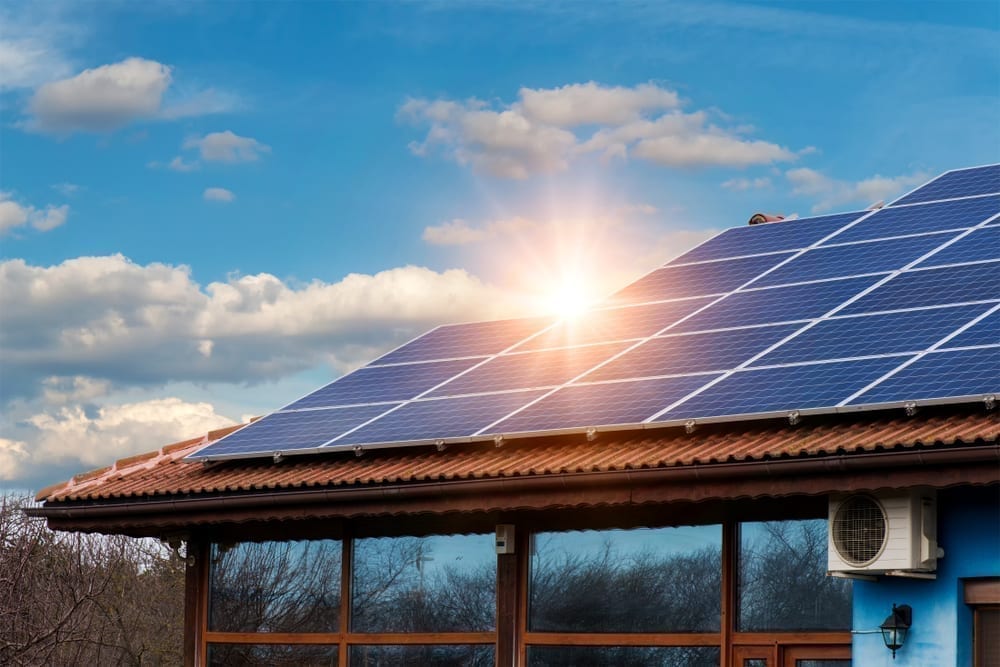
In part one of this two-part blog series, we went over some of the basics on solar shingles as they compare to solar panels. Describing smaller-scale panels that are permanently attached to the roof of a home or other property, solar shingles are a newer piece of technology in this realm, one that may be beneficial for some – but also may not make sense for many others.
At Intermountain Wind & Solar, we’re here to help for those who are choosing between different types of solar power installation, both in commercial and residential settings. While much of part one of our series went over some of the basics and potential benefits of solar shingles, today’s will dig into some of the possible concerns that may arise if you go this route, including why most buyers, particularly those buying for their homes, tend to stick to traditional solar panels.
First and foremost, we don’t mean to suggest in any way that solar shingles don’t provide a positive environmental impact – they absolutely do, especially when compared to using traditional forms of electricity or power. The issue, though, is that they don’t provide any greater benefits here than traditional solar panels do, despite generally costing far more. So while we strongly encourage you to enter the world of solar power, the simple reality is that most people find it easier to do so using traditional solar panels, which provide fantastic value.
Another possible issue for some with solar shingles is the typical installation period. Solar roof tiles are pretty new on the market, and this means there aren’t as many qualified installers – and those who do have these licenses will see their schedules fill up faster. This may lead to longer wait times for your installation.
Due to the way solar shingles are installed, there are also questions from some about their ability to be as efficient as traditional tiles. They match the slope and angle of the roof by nature – but this means that if there are sections of the roof that don’t get great sunlight, these areas can’t be as efficient. Solar panels, however, can be placed individually and turned to catch optimal sunlight, all without interfering with the roof material underneath them.
In addition, solar shingles tend to have higher failure rates. This is because you need numerous such shingles for a single roof, and these all need to be connected together electronically – which increases the potential number of failure points. Solar panels have much lower rates.
And finally, it can be very difficult to move around if you have solar shingles, which actually attach to the roof. Transferring if you move is much easier with solar panels.
For more on some of the possible concerns with solar shingles compared to solar panels, or to learn about any of our solar power services, speak to the staff at Intermountain Wind & Solar today.





"All of the photos on this website are of real projects that Intermountain Wind & Solar has designed and installed.
We are proud to show off and stand behind our work."